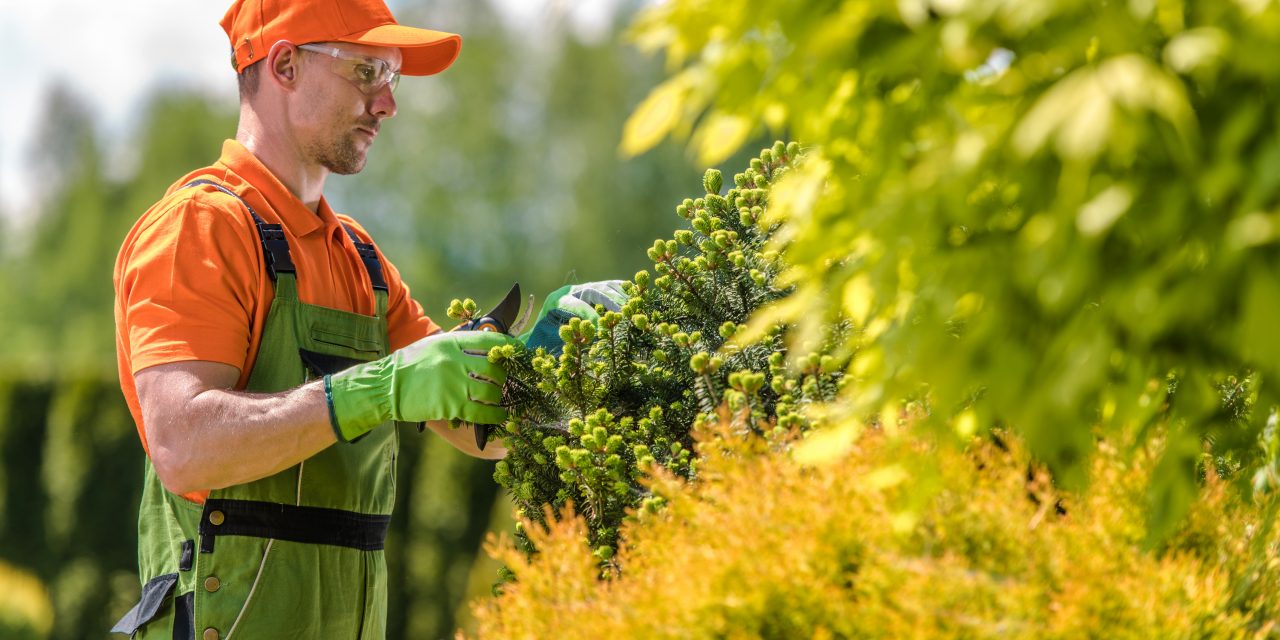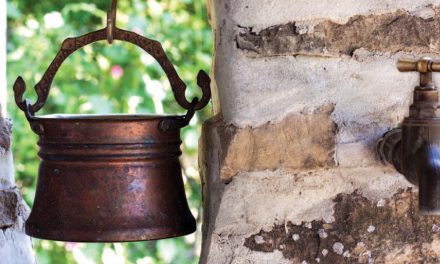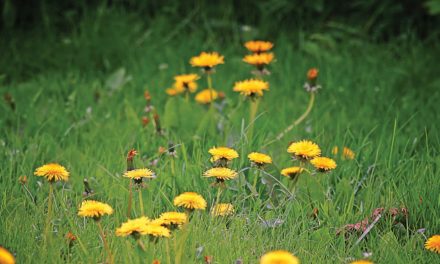Gardening is about more than plant nutrition and protection. One of the easiest ways to tackle your garden is to focus on each area as a whole.
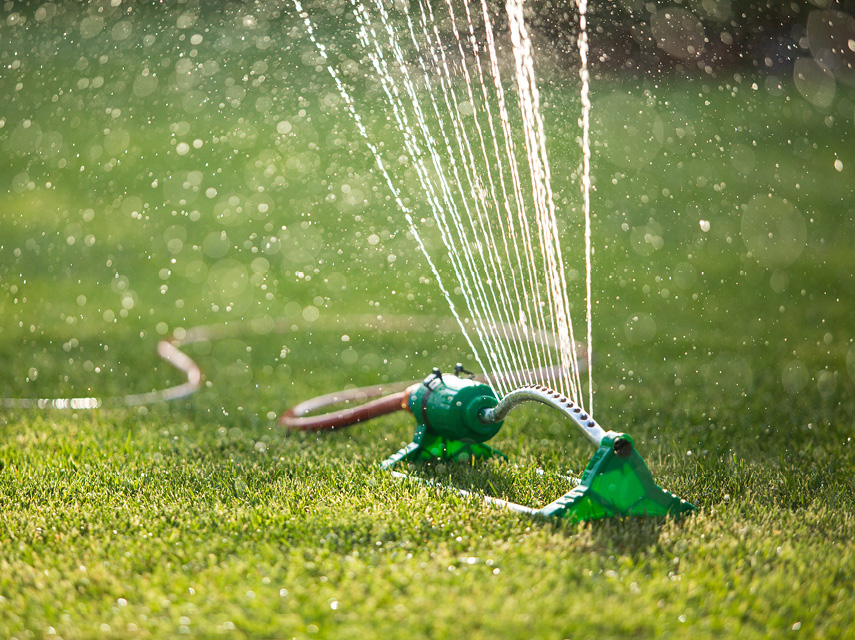
Lawn care
Typically, the lawn covers the largest part of your garden. A stunning green lawn can make or break your garden. Master the art of a green garden carpet – and everything else pales in comparison! In order to keep things simple, we’ve separated the lawn-care advice according to seasons.
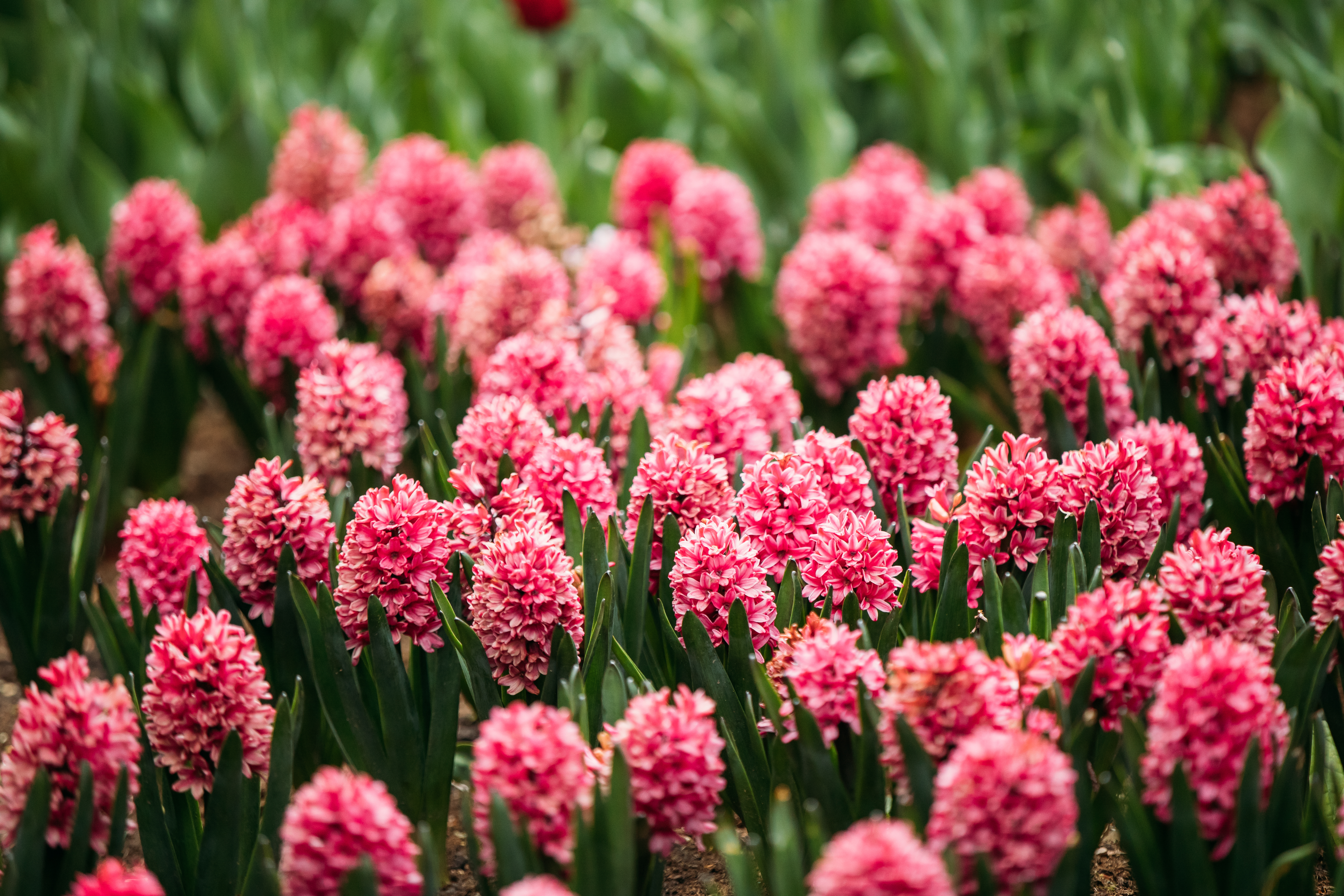
Spring and summer
The secret to achieving a perfect lawn is to scarify, fertilise and weed in spring, and to regularly fertilise, water and mow during summer. A beautiful lawn complements the rest of the garden and makes it look fantastic. Follow this programme for success:
- Start by scarifying to remove dead, matted grass on stolon-type Cynodon species or frosted kikuyu lawns. Remove the thatch using a lawnmower set on low to cut away at least half of the dead grass. Rake and remove the remaining lower levels of thatch until there is only a sparse covering of old dead grass. Note: Never scarify bunch-type, cool season, evergreen grasses.
- Aerate heavy clay soils and lawn in early spring with a garden fork or a hollowtined fork to improve drainage and reduce waterlogging problems, and make the grass grow better.
- Apply lawn dressing – a sterilised mixture of soil and compost – to fill in any holes and even out the lawn.
- Fertilise with Wonder Vitaliser Lawn & Leaf Bio-Carbon Green Boost 7:1:3 (15) + C (8) SR.
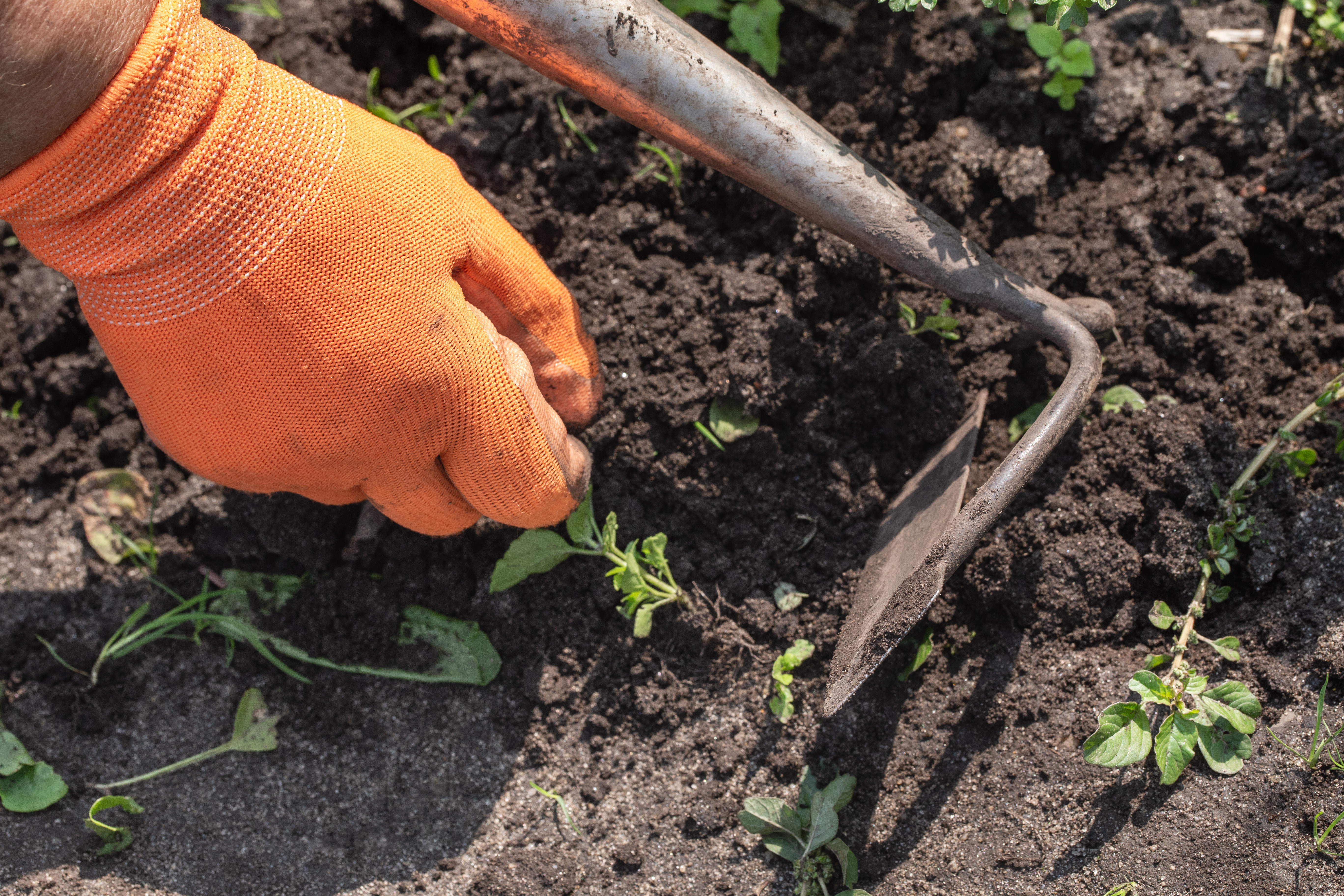
Weeding
Weeds will almost certainly have invaded the lawn during winter. Apply a selective broad leaf herbicide to remove unwanted weeds. Efekto Hormoban APM and Efekto Turfweeder 457,5 SL can be mixed and sprayed over the lawn using an Efekto pressure sprayer. Efekto No-Weed Lawn RTU is a convenient and handy ready-to-use product for broadleaf weeds. Efekto’s granular herbicide, Efekto Snapshot, is easy to use for the control of pre-emergent weeds. Apply evenly at a rate of 15-20 g per m² and water afterwards. Buffalo grass is sensitive to many herbicides but Efekto Banweed MCPA is safe to use on buffalo lawns. Always read and follow the label and make sure that the product is suitable for your grass type.
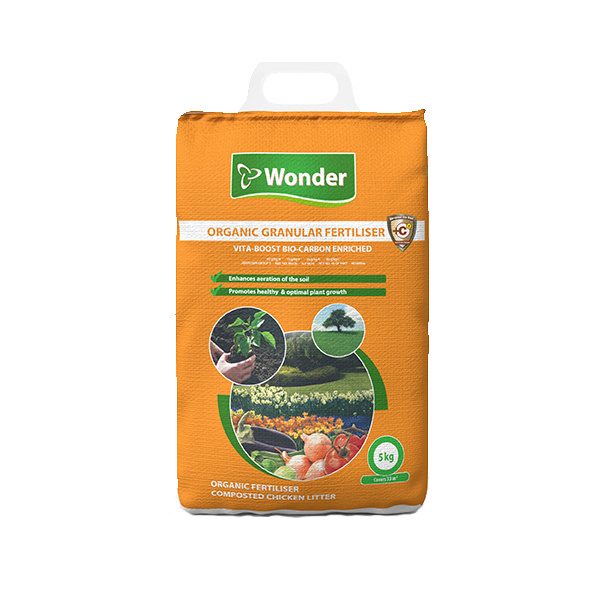
Feeding
A good feed with a lawn fertiliser not only makes the grass greener but also makes it grow thicker, and increases its strength and vigour, boosting its ability to compete against weeds. Spring is the best season for feeding the lawn and Wonder Vitaliser Lawn & Leaf Bio-Carbon Green Boost 7:1:3 (15) + C (8) SR is an ideal fertiliser to use on all grass types. If you’d rather use an organic fertiliser, Wonder Organic Granular Fertiliser Vita-Boost + C (8) promotes healthy and optimal growth, improves the structure and moisture retention of the soil, and encourages microbial activity in the soil.

Rejuvenating
Every year, up to a quarter of the grass in the lawn can die, more after a cold or wet winter. Spring is the best time to sow a new lawn, or to overseed an existing lawn – sowing new grass seed into the existing lawn to bring it back to life. It improves the lawn’s appearance, and by increasing the density of the grass you will also reduce weed invasion.
You can overseed with any of the Mayford grass seeds. For shaded areas under trees, where many other grasses would struggle, use Mayford Shade Over Lawn Seed. For reasonably shaded areas, use Mayford LM (Berea) Lawn Seed. Good preparation is key when laying a new lawn or overseeding an area. Mixing Wonder 2:3:2 (14) + C (8) SR Bio-Carbon Boost into the soil will encourage root and foliage growth.
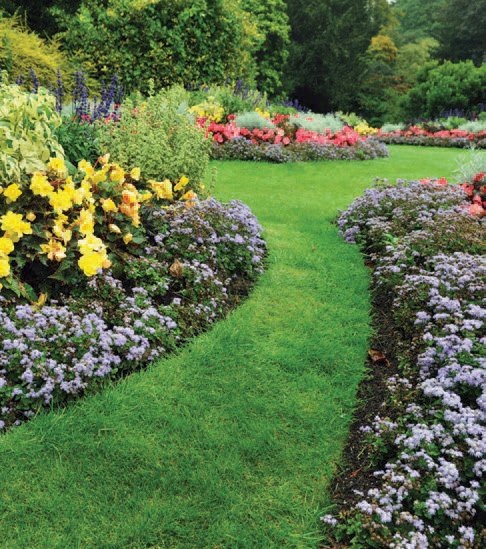
Mowing
The most important way to maintain an immaculate lawn is with correct and regular mowing. During its growth phase, you should cut the grass on a weekly basis, or more frequently as the weather warms up. The aim is to keep it at the same height all through spring and summer. For most lawns, this should be about 2.5-4 cm high. For lawns that take a lot of wear and tear, the height is better raised to 5cm. For very shaded areas, mow at a height of 7.5 cm. Mowing too short will weaken the grass, and is the quickest and easiest way of allowing weeds to become established, which destroys the lawn.
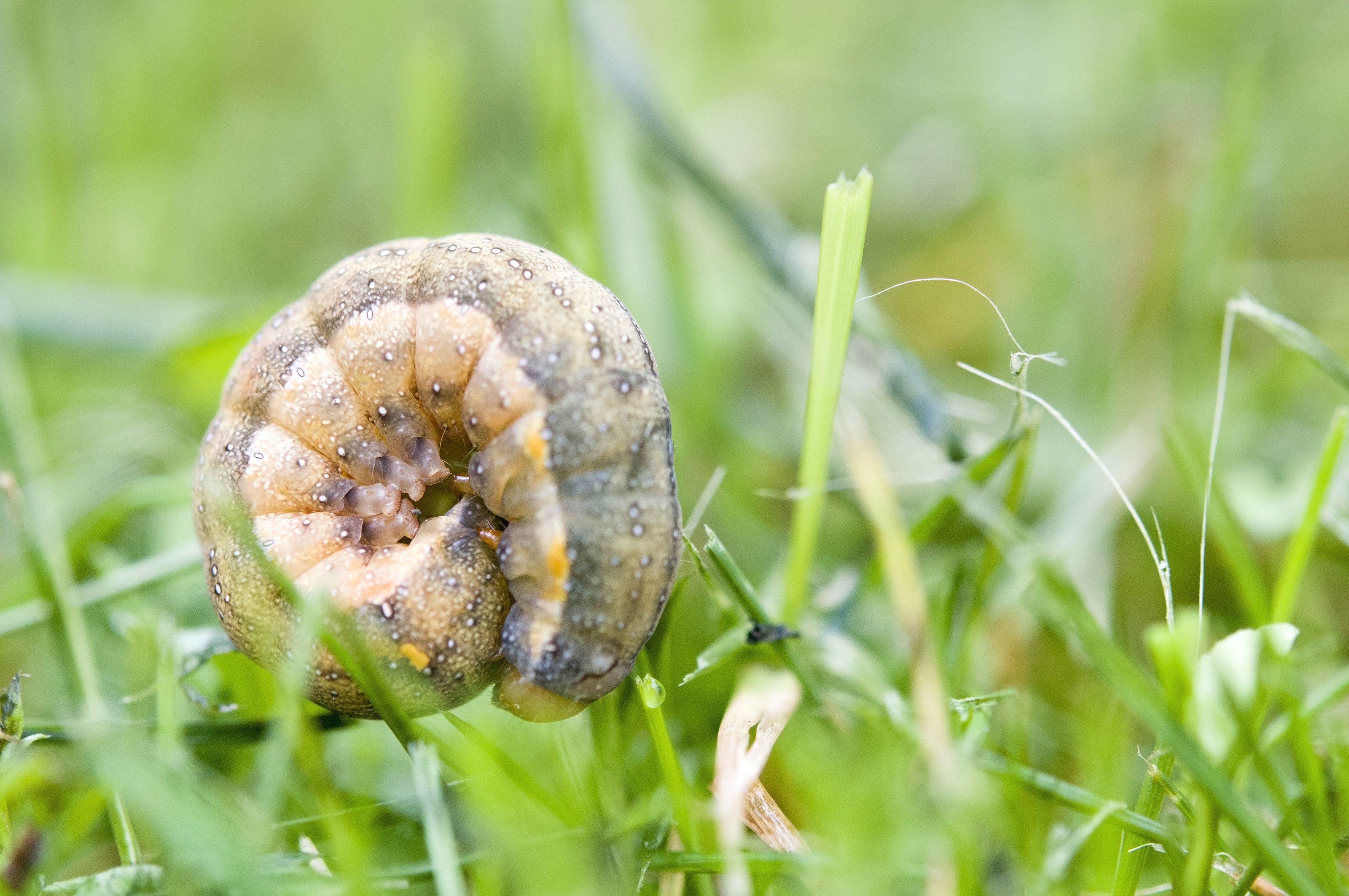
Insects
- Mole crickets have become destructive pests on lawns. Efekto Plant Protector should be directed towards young nymphs. Start treating in October and continue until early April, on more vulnerable nymphs. This is more effective than later treatments on larger mole crickets.
- White grubs, the larvae of chafer beetles, are common pests. Larvae feed on turf roots, causing brown, dead patches of lawn. The larvae feed from early December through midautumn and again in the spring. You can treat the area] preventatively or curatively by sprinkling Efekto Bexadust and watering afterwards.
- Lawn caterpillars feed on your grass, causing ugly brown patches. To confirm a lawn caterpillar infestation, place a wet towel on your lawn overnight. If there are caterpillars clinging to the underside of the towel the next morning, you’ll know what the cause is. Treat with Wonder 4:1:1 (24) Granular Fertiliser + Insecticide, Efekto Eco Insect Control SC or Efekto Cypermethrin 200EC.
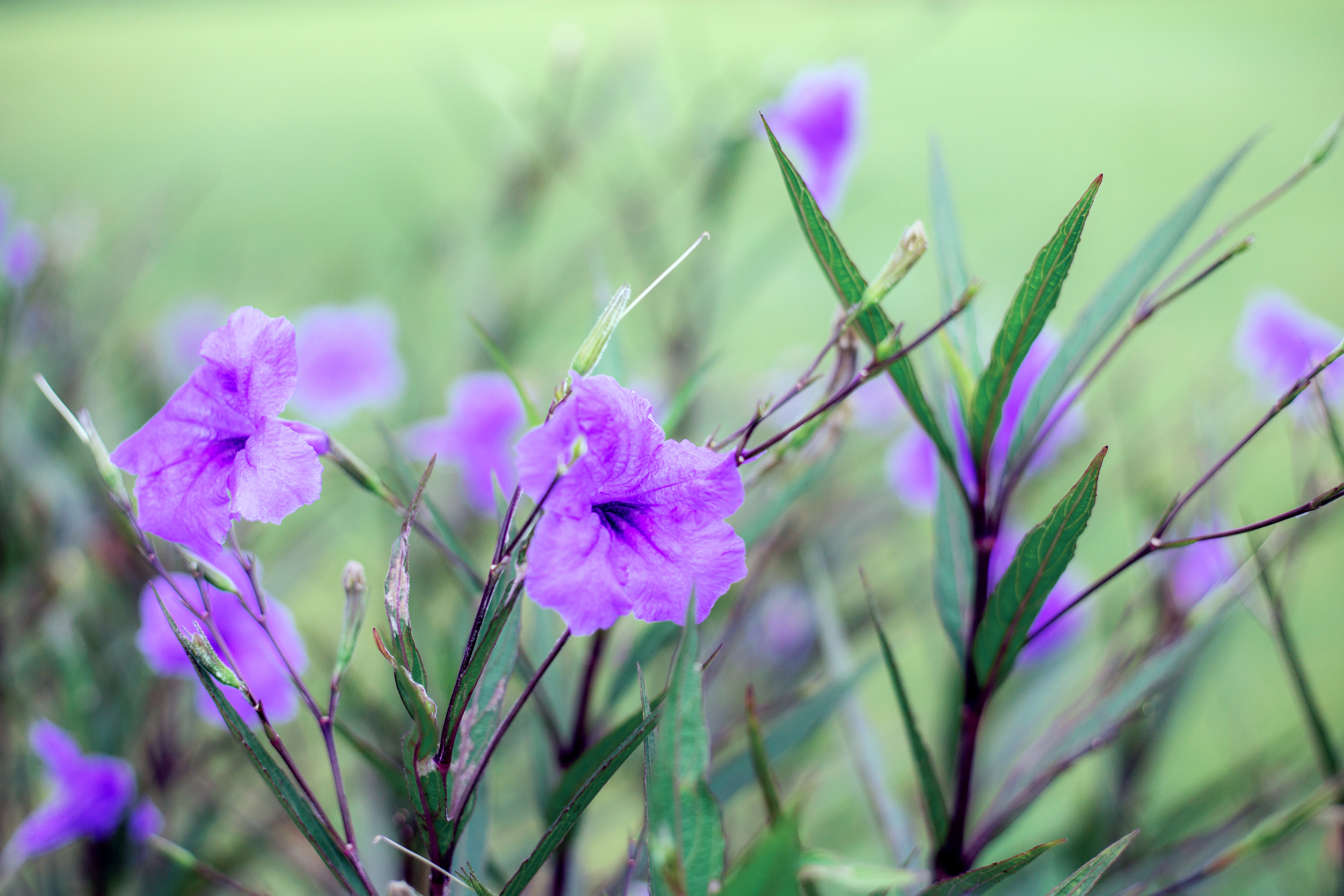
Autumn and winter
After a summer of hard wear and tear, as well as periods of dry weather, your precious lawn deserves a helping hand so that it can recover. Here are a few tips to prepare your lawn, and make sure it is thick and healthy for a green start next spring.
- Keep the surface clear
If fallen leaves are a problem, try to remove them from the lawn as regularly as possible. If you wait until all the leaves have dropped, your grass will be fighting for survival. Aim for weekly removal throughout autumn and winter, to avoid disease. Use a garden rake to help you collect the leaves for your compost heap. - Rake the surface
If you’ve left the grass box off the mower during summer, then a layer of thatch will have formed on the soil surface. Not only does this layer prevent rainwater getting through, it also prevents grass plants from spreading, and encourages diseases. - Help the water penetrate
Compaction is one of the biggest problems, but aeration in autumn will help to strengthen the grass by improving drainage.Without help, vital rainwater may run off a dry lawn and go to waste. A hollow-tine fork is ideal for the job as it removes plugs of earth to a depth of about 10 cm. The wide air channel not only relieves the packed-down effect created by walking on the lawn, but also aerates the soil. March is the best time to practise this deep spiking, followed again in early spring.

Weeding
Weeds take advantage of the lawn’s weakened state to fill every possible gap. Broad-leafed weeds can be easily controlled with the help of a selective herbicide. Efekto Hormoban APM or Efekto Turfweeder 457,5 SL will take care of unwanted weeds. Apply by spot spraying or a full cover spray over the entire lawn in severe cases. Remember not to exceed the recommended dosage rate. Five litres of diluted product will cover 100m². In broad-leafed grass lawns use Efekto Banweed MCPA, a safer option for sensitive grasses. Efekto also has a ready-to-use broadleaf herbicide: Efekto No-Weed Lawn RTU is a liquid RTU equivalent of Efekto Hormoban APM.
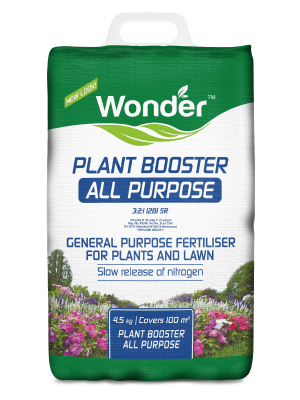
Feeding
After the constant mowing of summer, the grass deserves a feed before the onset of winter. Choose Wonder 3:2:1 (28) SR fertiliser, which contains balanced nutrients and some slow- release nitrogen. Apply the fertiliser according to the directions, and you will be rewarded with a greener lawn that is sturdy and refreshed.
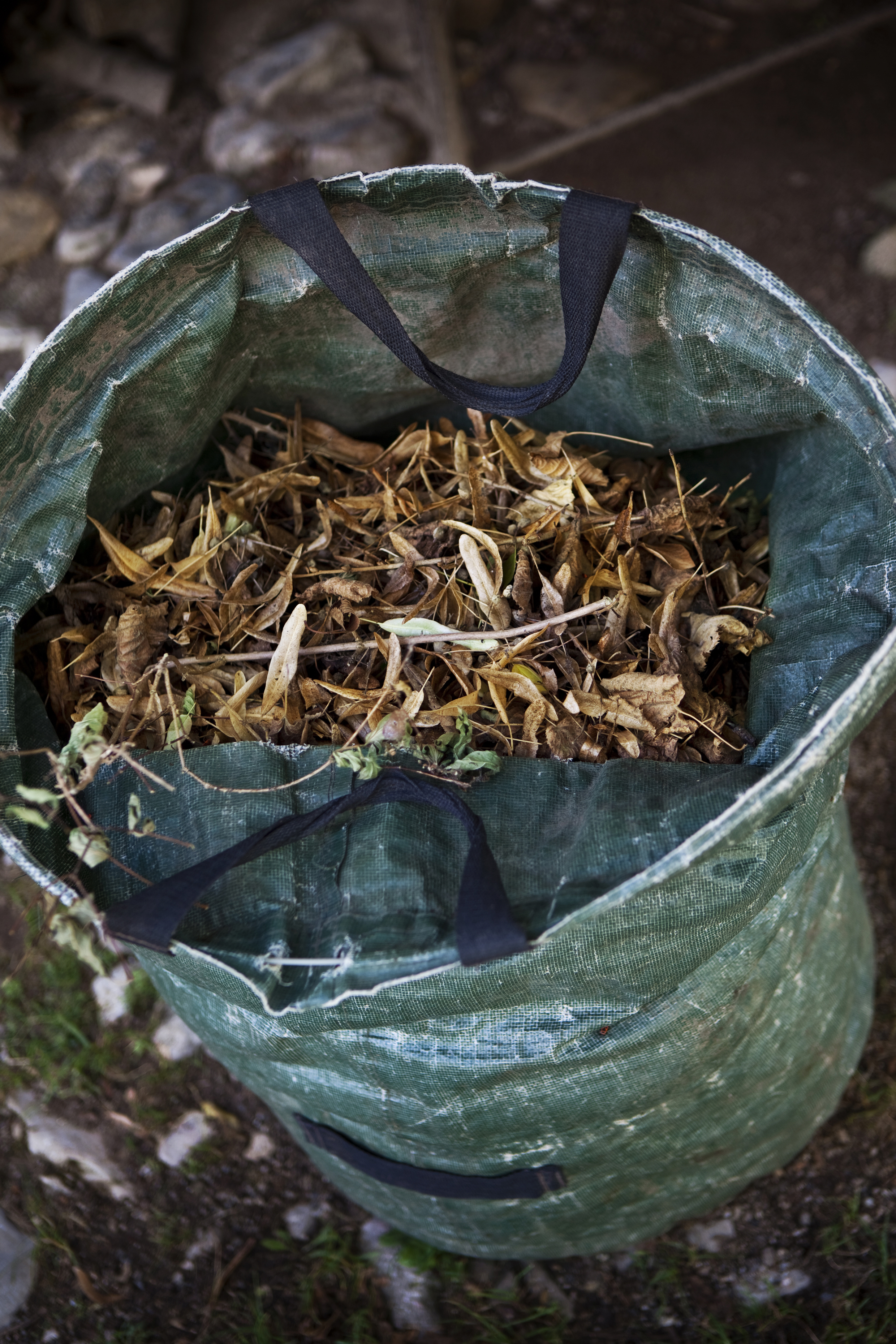
Repairing
Drought, wear and animal abuse are all causes of dead patches, as is the scalping of the surface by a mower that is set too low. Whatever the cause, re-seeding the area during autumn may be the best remedy. The procedure is simple: Prick the surface of the patch with a garden fork to a depth of 3 cm and then rake the soil to form a fine seed bed. Scatter the selected grass seed evenly over the area and cover with a thin layer of moist compost or sifted garden soil. Roll or trample down the area and water regularly. (There are various mixtures of Mayford grass seed available for different parts and types of gardens.)
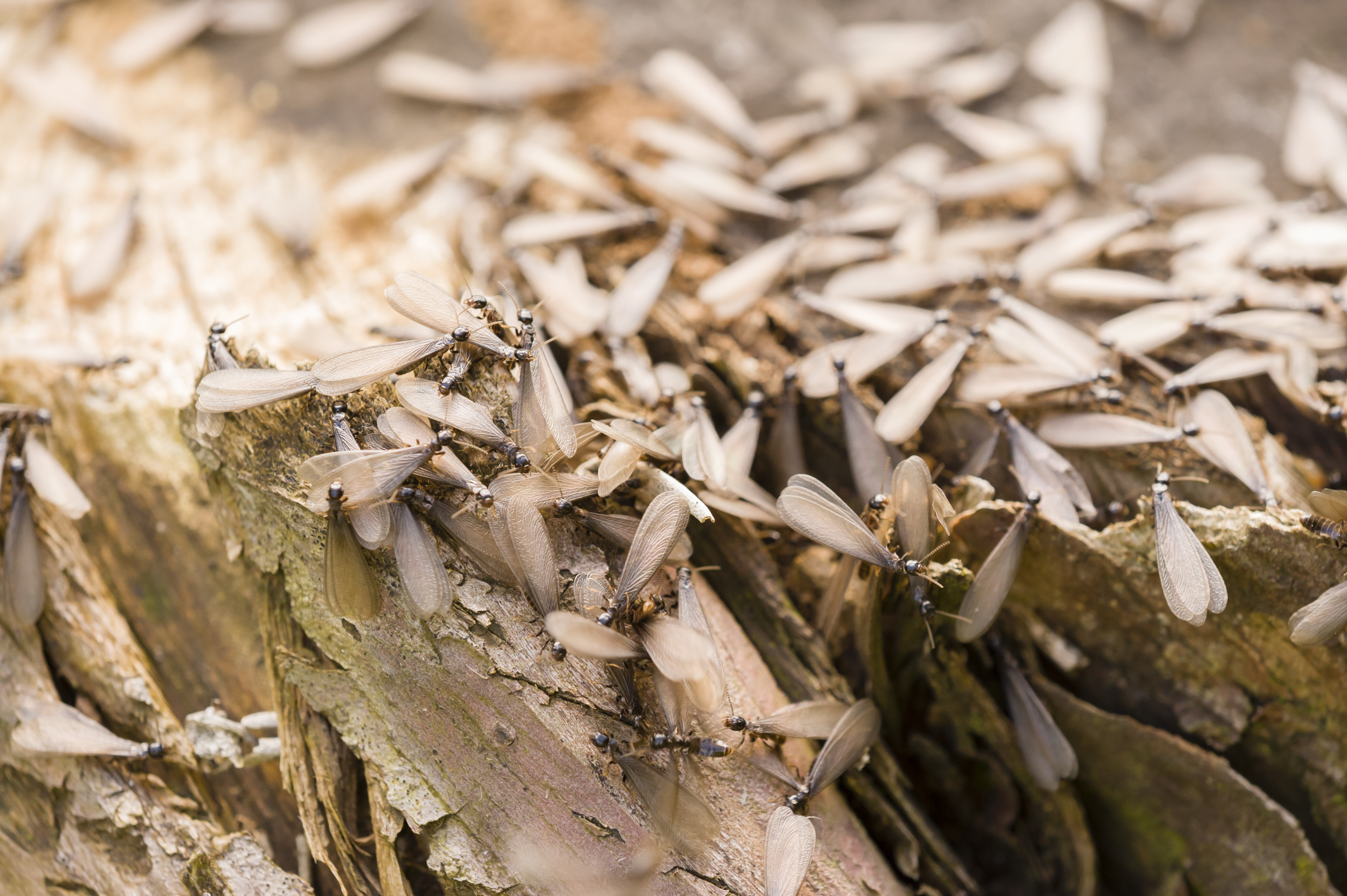
Insects
- Northern harvester termites: feed on grass lawns in winter, often making small circles of cut grass around forage holes. Treat with ready-to-use Efekto.
- Kamikaze: Apply 1 g bait per m² evenly over the whole area where activity occurs (5 kg is enough for one acre). Wear gloves before spreading the bait. For best results, apply when termites start foraging for dry grass, usually in April or after the first winter frost. Apply while the termites are active, from midmorning onwards. If most of the bait is not harvested within five days, re-apply by scattering around foraging holes and nests. Efekto Plant Protector can be used to treat the nests by dissolving 50 ml in five litres of water. Pour 500 ml of this mixture down each hole.
Credits
Referenced from Efekto , Green Fingers : Your gardening and product guide from Efekto

